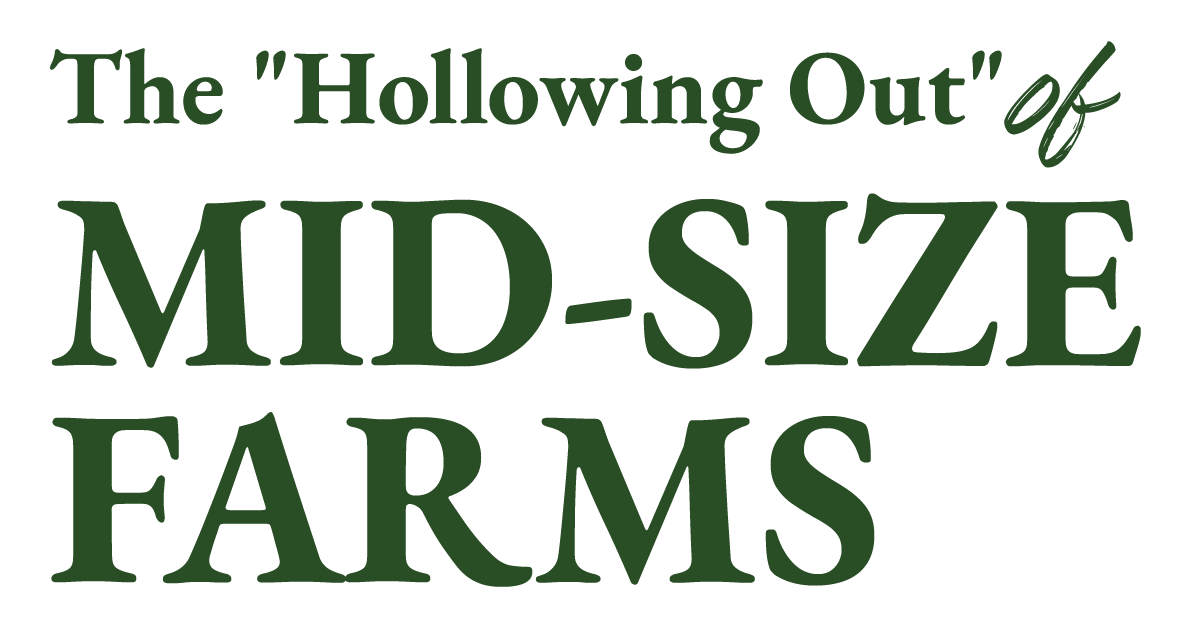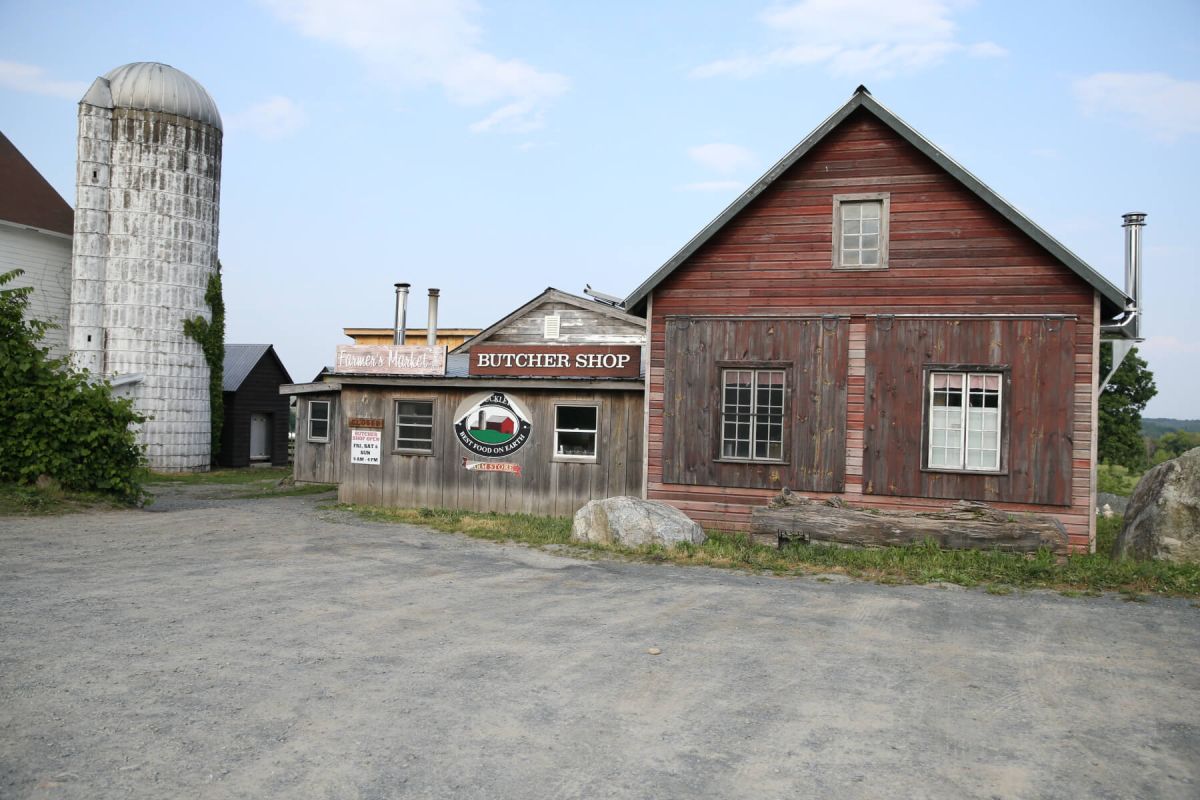

written by Megin Potter
Historically the backbone of their rural communities, mid-size farms are feeling the pressure as the big get bigger and the smaller farms consolidate or fold.
The number of mid-sized farms in the country is plummeting. Saratoga County has the fastest growing population in the state, pressuring farmers who are already feeling the pinch to consolidate or convert agricultural land to residential, commercial, and retail development.
In the last century, Saratoga County has lost 80% of its farms, and mid-size farms, like the Wm. H. Buckley Farm in Ballston Lake are increasingly rare.
“Agriculture in the American consciousness exists as it does in a Norman Rockwell painting, the small homestead or subsistence farm. That’s the way America grew into a land-rich nation – with small farmers owning less than 150 acres with an orchard, fields, water access, timber, and agriculture – they fed themselves and worked the land, and that was life. That’s what people think farming is but the world has drastically changed and people have developed a knowledge gap over time,” said Mark Sacco. Mark and his wife, Elizabeth, are both lawyers but in 2013 purchased 300 acres and created the Wm. H. Buckley Farm because they wanted to raise sustainable, healthy food.
“My grandfather had a farm at the time when a lot of people had farms, so there was a lot of opportunity to go to farm but that’s practically nonexistent now to the vast majority,” said Mark.
The Responsibly Raised Difference
On a property founded in the 1770’s and in buildings constructed during the 1800’s, the Sacco’s are fine-tuning their business model to be passed down to the next generation.
Wm. H. Buckley Farm specializes in pasture-raised livestock; including 1,000 turkeys, 800 hens, 180 cattle, 60 heritage-breed pigs, and a smattering of other animals. Raised on non-GMO feed with no added hormones or antibiotics, processed on-site, and sold directly to the customer, resulting in a healthier, better-tasting product. Planting 100 trees a year for the last seven years, they now harvest sour cherries and six varieties of apples. They’ve also started nine bee hives and carry products from 71 New York State farms and agricultural businesses in their farm store.
After farming for 21 years now, Mark said they are only about half-way done with what they hope to accomplish.
“We produce great food and never compromise. This is a long-sighted endeavor,” he said. “Putting in 5,000 hours a year plus having my other job, I had to craft a model for the kid from the new world. I’m from the old world but most people aren’t anymore. In this one brain is this giant thing, its livestock, and infrastructure, it’s hard to duplicate, and to do it, you have to totally be into it.”
Mark learned discipline while a Captain in the Marine Corps, where he served between 1996 – 2003.
“That’s where I developed a sense of commitment to what I’m doing, finishing what I’ve started, and the importance of putting in the long hours,” he said. “For farming, you have to be focused, healthy, and have to be 100 percent invested.” And, while Elizabeth notes there have been “really stressful times,” what “we’ve built together – each balancing out the other in this massive project that is ‘the farm’ – is worth the sacrifice.”
“Raising our three kids on the farm to understand the value of hard work and commitment, and for them to see the results of our collective efforts through the years, truly has been a gift to them and to us.”
Mid-Size Farmers are Losing Ground
The challenges for mid-size farms like Buckley Farm, are substantial. Farming is a capital-intensive start-up and typically banks aren’t interested in investing because it’s a high-risk industry, said Mark. “Farming is a series of mistakes, hopefully none are catastrophic, but it’s never-ending. There’s chaos every day.”
“Farming in the Northeast, at the foothills of the Adirondacks, there are hills, wet spots, and half the land is in the woods. No one does this. It’s a terrible place to commercially farm.”
Crunched by the contraction of farming, the disappearance of feed mills and other farms results in survivors feeling isolated.
“This sector is suffering dramatically and farms end up operating on an island.”
Yet, having the farm continue is important, he said, and with the Sacco’s three children now in high school and college, forward-thinking solutions are crucial. Rather than trading important agricultural space for solar energy, Mark would like his farm to become a model for windmills, which he says make “total sense” because you can still farm underneath them. He’s also interested in expanding educational opportunities for students in the farm’s stunning 1880 Buckley Barn.
The charm, romance, and rustic elegance of the Wm. H. Buckley Farm’s two farmhouses are also available to renters looking to soak in the pastoral beauty, lake views, and large pond on the property.
The Farm Store and Butcher Shop is open Friday and Saturday 10-3, and Sunday 10-2. For more information, go to buckleyfarm.com.